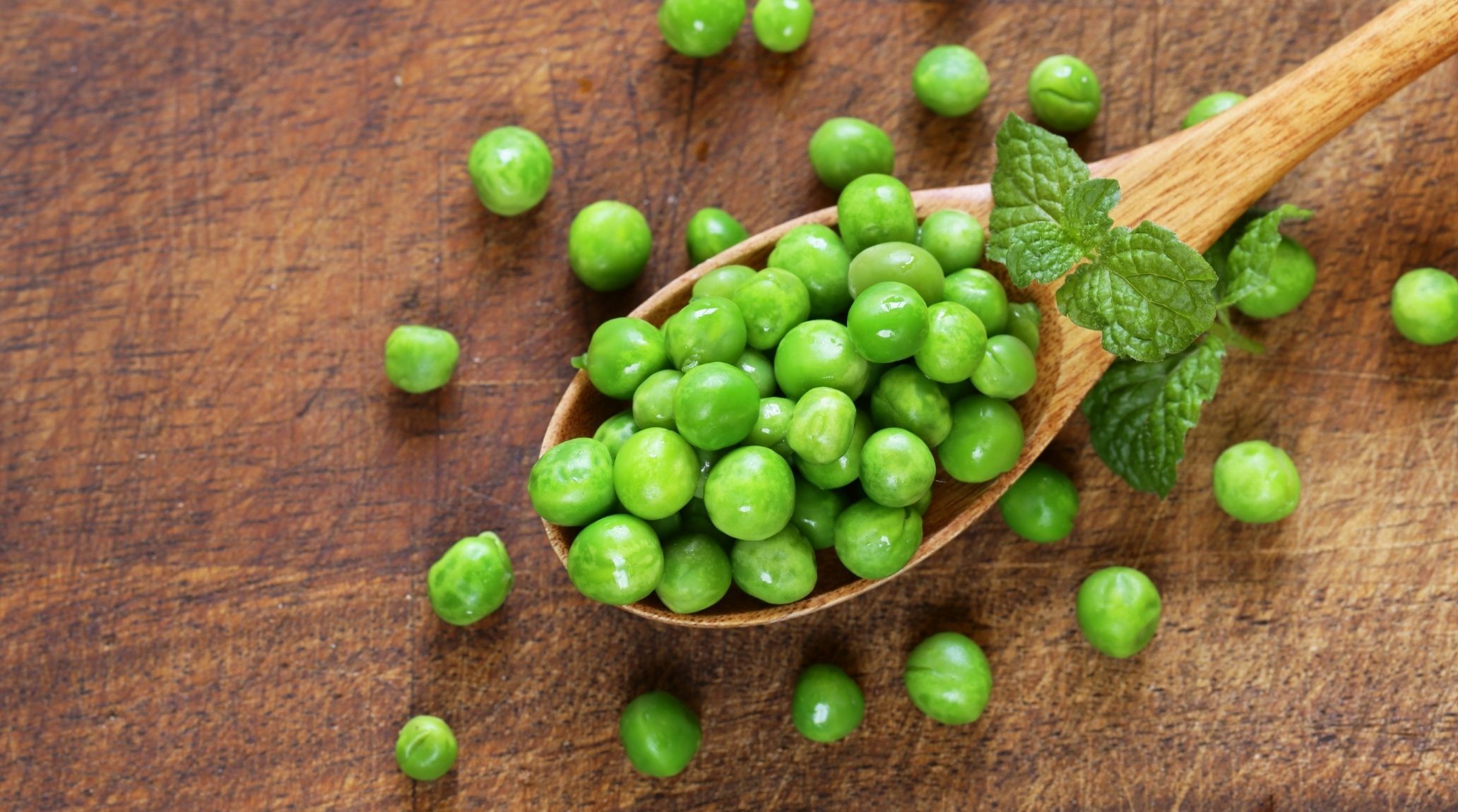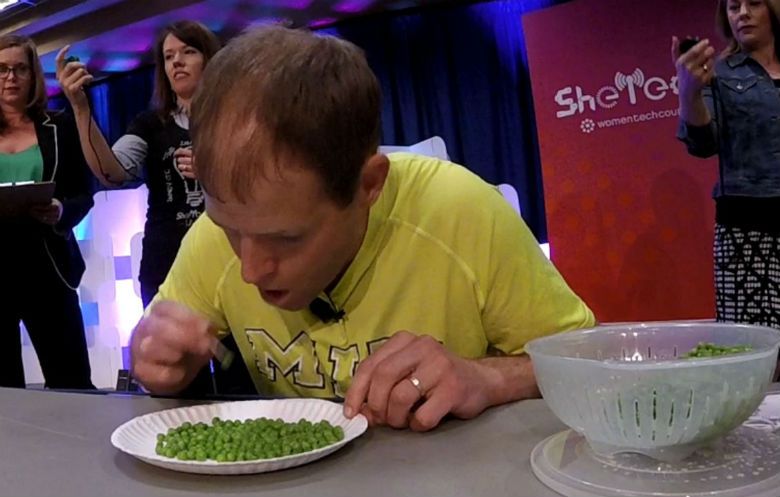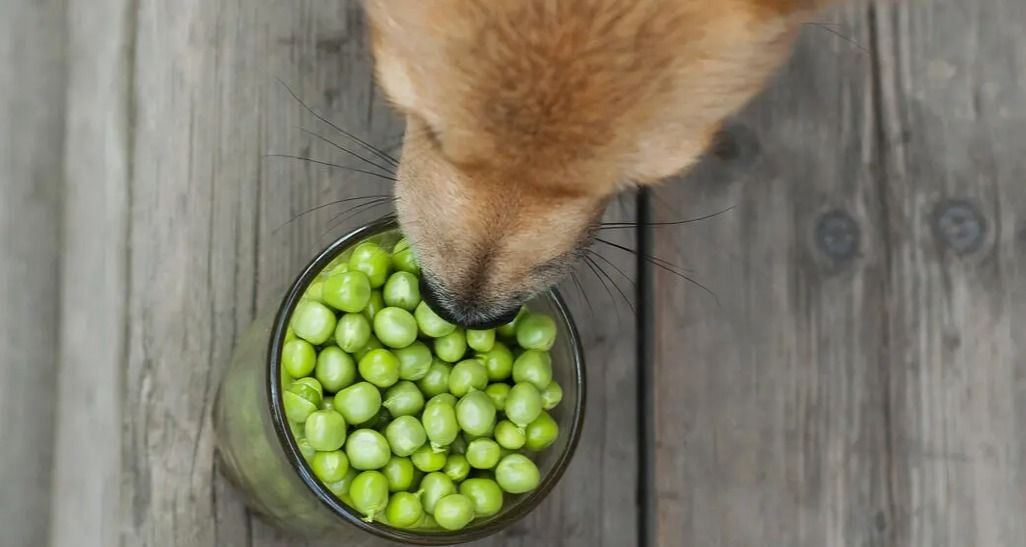
“
Discover the fascinating world of peas with these Captivating Facts About Peas. Peas, a staple in our diets for over 10,000 years, is rich in essential nutrients and boasts a remarkable history and diverse uses. From their role in early agriculture to their groundbreaking space journey, peas have significantly contributed to our plates and scientific advancements. 1
1
”
Peas (Pisum sativum) has been cultivated for over 10,000 years, dating back to the Neolithic era in the Near East. They were among the first crops grown, reflecting their historical significance in agriculture. 1
Shripad Krishnarao Vaidya set the record by moving 67 dried peas in one minute using a straw on April 12, 2014, in Maharashtra, India, showcasing an impressive feat of precision and speed. 2
Peas, belonging to the Fabaceae family, fix nitrogen in the soil through a symbiotic relationship with Rhizobium bacteria. This process enriches the soil and reduces the need for synthetic fertilizers. 3
Peas contain antioxidants such as flavonoids, carotenoids, and phenolic acids, which protect the body from oxidative stress and may lower the risk of chronic diseases like heart disease and cancer. 4

David Rush set the record for eating 49 peas with a cocktail stick in 30 seconds at Boise State University on May 15, 2018, promoting STEM education during SheTech Explorer Day.
Peas were one of the first crops grown in space aboard the Russian space station Mir in 1990. Their successful cultivation in space demonstrated the potential for increasing food beyond Earth. 5
Gregor Mendel's studies of pea plants in the 19th century established the foundation for modern genetics. His work on inheritance patterns remains a fundamental topic in biology education. 6
Pea protein is a popular plant-based supplement, especially for vegans and vegetarians. It is hypoallergenic and includes all nine essential amino acids, making it a complete protein source.7
Pea shoots, the tender young leaves and tendrils of the pea plant are a delicacy in many cuisines. They are nutrient-rich and add a sweet, mild flavor to salads, stir-fries, and soups. 8
Clarence Birdseye's flash-freezing process revolutionized pea consumption in the 1920s. His method preserved peas' nutritional value and freshness, making them a household staple worldwide.9
Peas come in various types, including garden peas, snow peas, and sugar snap peas. Each variety offers different flavors and textures, enhancing their versatility in diverse culinary applications. 10
Peas are an environmentally friendly crop, as their nitrogen-fixing ability reduces the need for synthetic fertilizers. This characteristic makes them a sustainable choice for crop rotation and soil health. 11
While most people eat only the peas, certain varieties like snow peas and sugar snap peas also have edible pods. These pods add a crunchy, sweet texture to stir-fries and salads. 12
Peas are a good source of lutein, a carotenoid that supports eye health. Lutein helps protect against age-related macular degeneration and other vision issues, benefiting overall eye health. 13

Peas are also used in animal feed, providing a valuable source of protein and energy for livestock and poultry, highlighting their role in sustainable agriculture and food production.
Microwaving and steaming are excellent cooking methods for preserving the nutritional value of peas. These techniques help maintain their vitamins and minerals, ensuring you get the most health benefits from your peas.14
Freshly frozen garden peas are available year-round, regardless of the season. Their freezing process preserves flavor and nutrients, making them a convenient and nutritious option for any time of the year. 15
Peas are typically grown during cool seasons, thriving in spring and fall. They need 60 to 70 days to mature, preferring well-drained soil and consistent moisture for optimal growth and a successful harvest. 16
China is the largest producer of peas globally, followed by India and Russia. The crop's adaptability to different climates and its role in local diets contribute to its high production levels. 17
The tallest pea plant, measuring 4.74 m (15 ft 6 in), was grown by Douglas Smith in Shouldham Thorpe, UK, on August 11, 2023. Douglas, a competitive grower, also holds records for tomato yields. 18


